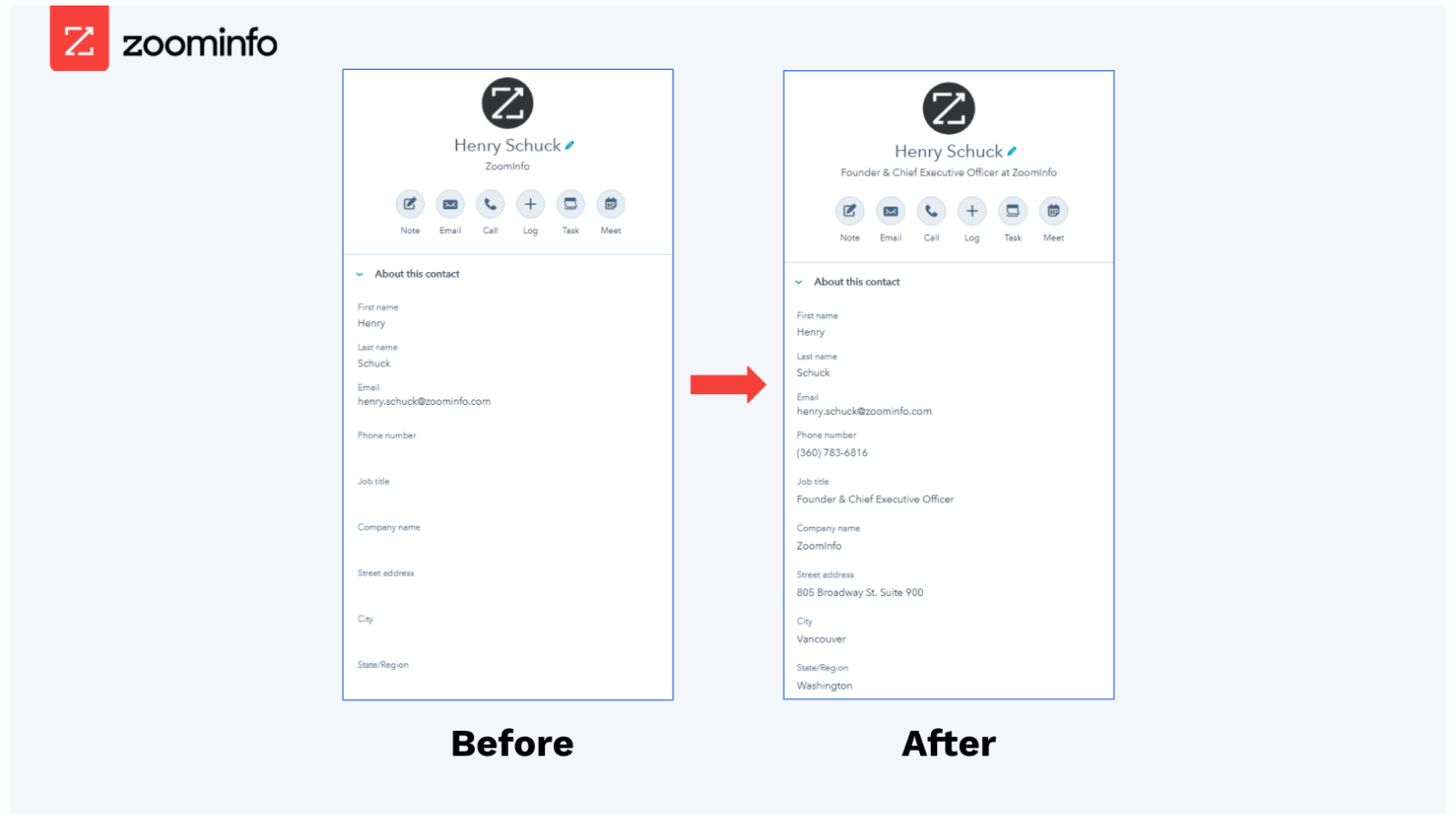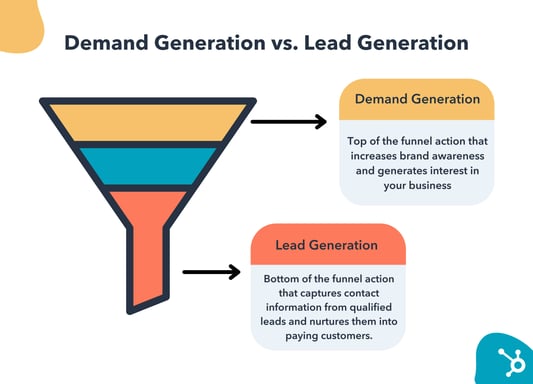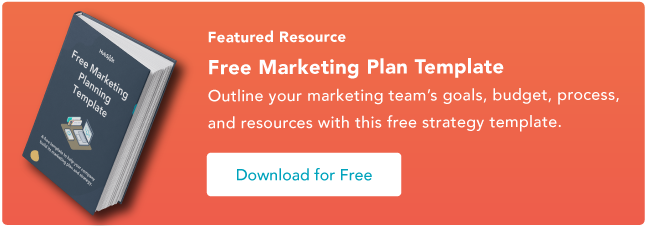Inbound sales is a modern sales methodology based on the fact that customers are more in charge of their buyer’s journey than ever before and have quick and easy access to the information they need to decide on making a sale before ever speaking to a sales rep.
Demand generation and lead generation are two strategies that make up a large part of inbound sales but are often referred to interchangeably despite being two different practices.
In this post, understand what demand generation and lead generation are, the differences between the two concepts, and how they work together to help your business grow.
What is demand generation?
Demand generation is how your business reaches new markets and gets audiences excited about what you have to offer. The process helps you increase brand awareness, educates audiences, and generates trust.
A common way to use demand generation to attract audience interest is by blogging and creating resources for your audience to use to help them succeed.
What is lead generation?
Lead generation is the process of increasing audience interest in your business offerings through nurturing, with the end goal of converting people into customers after convincing them that what you offer will help them meet their needs.
Some common lead generation marketing tactics include using CTAs with lead gen forms to get audience contact information and send further emails or promoting gated offers with lead capture forms on social media. In addition, sales intelligence software, like ZoomInfo, allows you to obtain contact information from prospects that have searched for content related to your business online. When you use this kind of software, you know that your leads are qualified, as they’ve shown intent to find information related to what your business offers.
If you’re a HubSpot user, ZoomInfo integrates with Sales Hub, allowing you to import contact information and easily follow up with your leads.

Image Source
There is often confusion about demand gen vs. lead gen, and below we’ll go over the differences.
What is demand generation vs. lead generation?
Demand generation helps you attract your target audience, and lead generation enables you to convert qualified audience members into customers.
While you may be asking which strategy is best for helping you meet your business goals, neither can be used exclusively. Demand generation directly helps with lead generation, as you can’t nurture qualified leads and convert them into customers without first attracting them to your business. Below we’ll go over some key differences.
Difference Between Lead Generation and Demand Generation

As mentioned above, demand generation helps you grow, and lead generation helps you convert. The most significant difference between the two concepts is that demand generation is a top of the funnel activity, while lead generation is a bottom of the funnel activity.
You use demand generation to make audiences aware of your business and get them interested in what you have to offer, and you use lead generation to nurture those audiences and convert them into customers.
However, demand generation directly impacts lead generation and helps you with your efforts; if you’ve successfully used demand generation marketing, you know that the leads you get are qualified and interested. (This is one of the main reasons why you shouldn’t buy leads.)
How do demand gen and lead gen come together?
Continuing with the example from above, your demand generation marketing tactic is blogging. You attract leads with your content, educate them, and let them know that they exist. Maybe these leads visit your blog, read an article, then leave your page.
Next time they conduct a search, they find another article from your business and realize you’ve helped them with their needs. Your efforts include placing a CTA within your blogs where visitors can submit their information, including their email addresses.
When you get their email address, your lead generation efforts include email nurturing, where you share content with them that convinces them to become paying customers.
Over To You
Your inbound sales methodology should use both demand generation and lead generation, as they work together to help you grow your business and drive sales. If you ensure that your demand generation strategies will help you attract qualified leads, your lead generation tactics will nurture them into satisfied customers.

![]()


